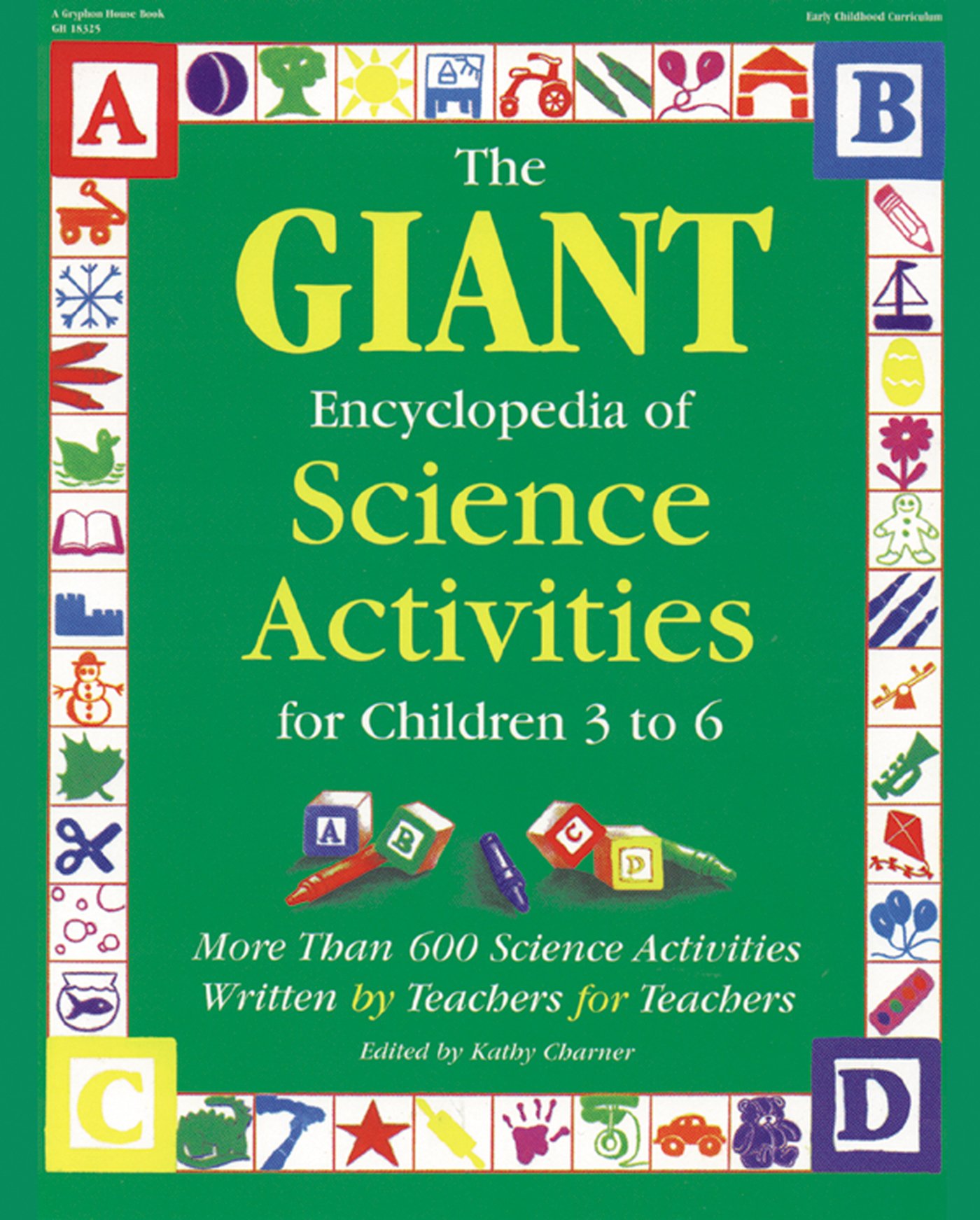Materials
Fish Is Fish by Leo Lionni Pocket chart
Chart paper or chalkboard Fish and frog references pictures and informational books
Instructions
1. If possible, read a poem or book about frogs.
2. Invite children to tell what they know about frogs, ponds and fish. Record this on a chart or chalkboard. This could be one day's lesson, or you might continue if interest is high.
3. Read Leo Lionni's Fish Is Fish. Discuss aspects of the story such as how we all change as we grow, certain animals have to live in certain places to survive, we can still be friends with others even if they are different than we are, etc.
4. Ask the children to list how fish and frogs are different and how they are the same. This can be recorded on a chart or board.
5. Have animal reference books and picture encyclopedias available in the classroom. Divide the class into small groups. Each group can research one of the following areas: fish life cycle, natural fish food, natural fish enemies and how frogs are helpful, etc. Each group member might have a job such as researcher, recorder and reporter. Children should be allowed about two days to research and record their findings.
6. When the research is completed each group will have a turn sharing the facts they learn with the class. Visuals such as books and pictures are encouraged. As each group reports orally, record research findings on a big poster.More to doArt: Children can draw pictures of pond life, a fish hatchery or any other fish or frog story they care to depict with crayons. * The children could also do a watercolor wash of blue, green, brown or other colors.Games: In groups children could make up riddles about different types of fish and amphibians and have the others try to guess what animal it is.More science: Read The Little Turtle by Vachel Lindsay to demonstrate one of the minnow's natural enemies. * Set up a goldfish bowl or tank in the classroom. Discuss the care and feeding of the goldfish.
